Oreoscope build photos
To survive a large number of visitors, and to ensure structural stability, a robust internal steel frame seemed like a good idea. Particularly as the central unit wasn't mounted on the floor, but was tied back to the wall to allow wheelchair access.
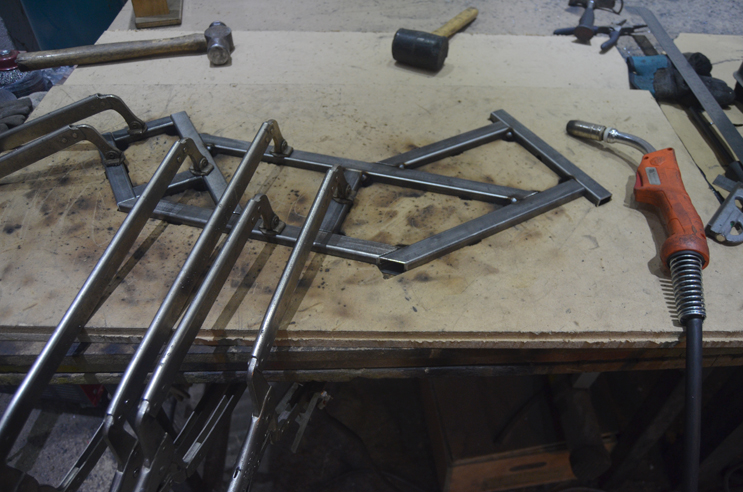
Completed upper frames
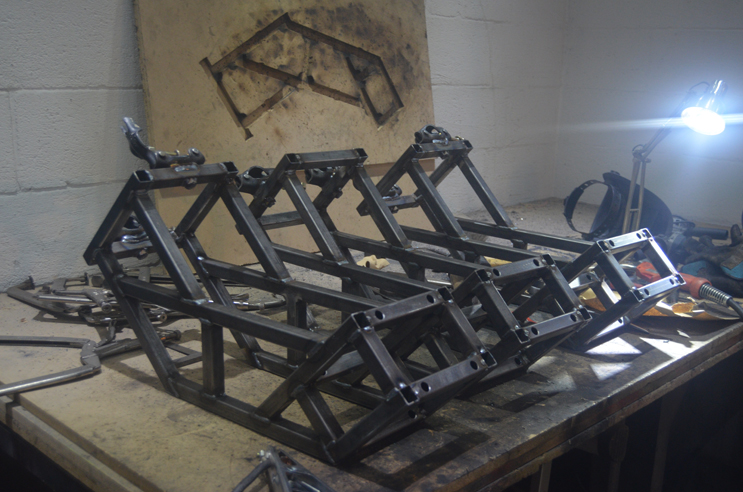
Bearings added

The central frames. To make sure the bearing shafts lined up, each started as a single piece of tubing, which then had a central section cut out.
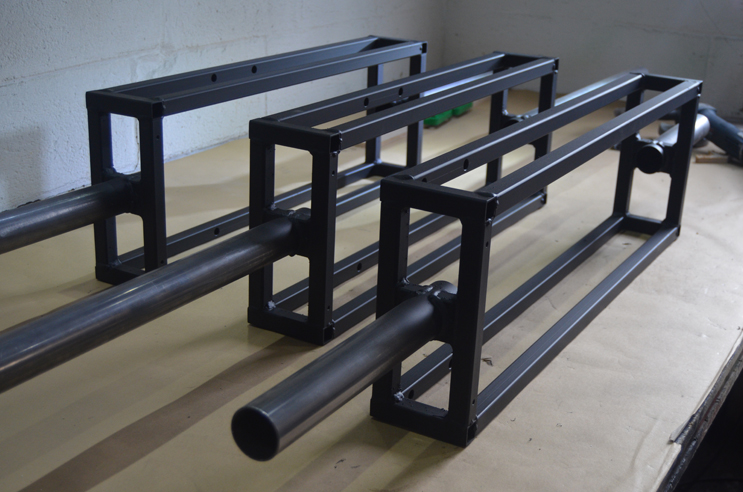
Adjustable stops limited the rotation to around 100°
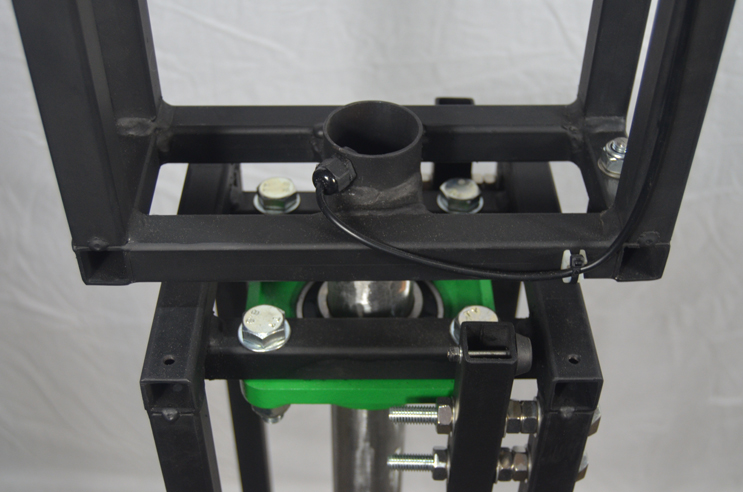
The base of each frame had a potentiometer that kept track of its absolute position
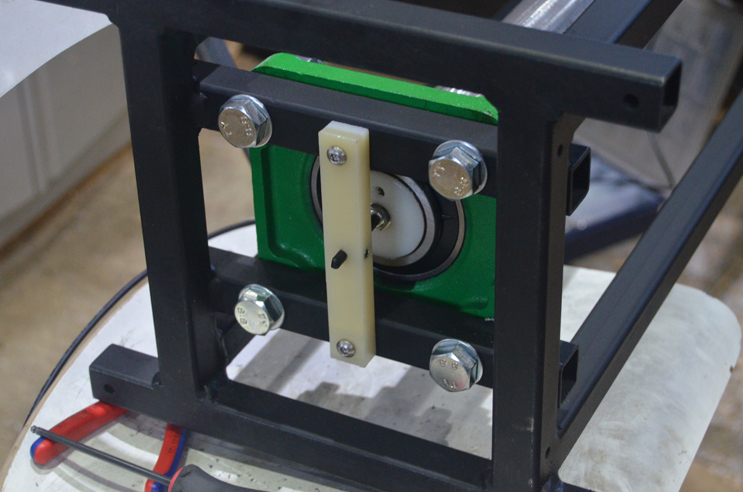
Turning the handles allowed a user to zoom in and out of the animation, via a geared rotary encoder
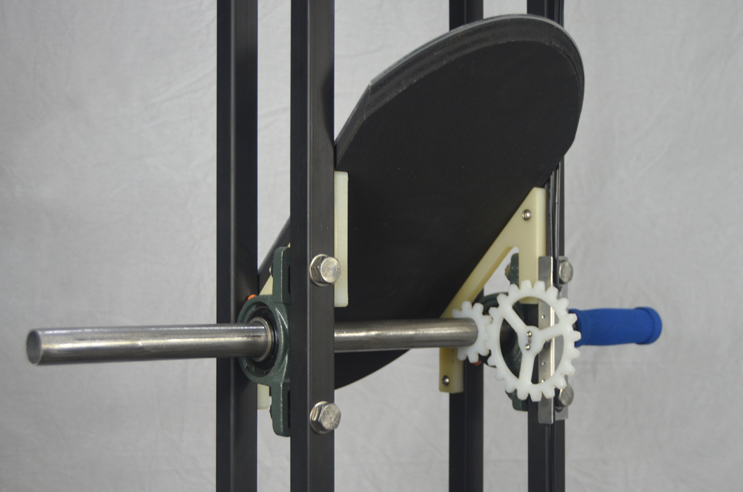
Screen assemblies
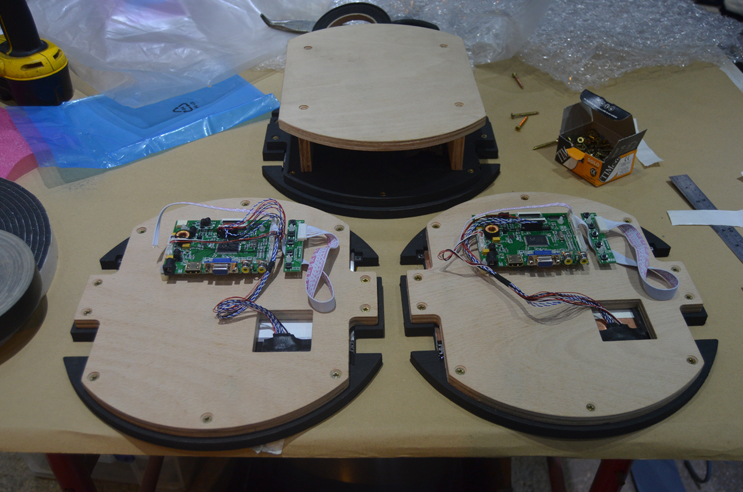
Paper model to double check the tube notching geometry
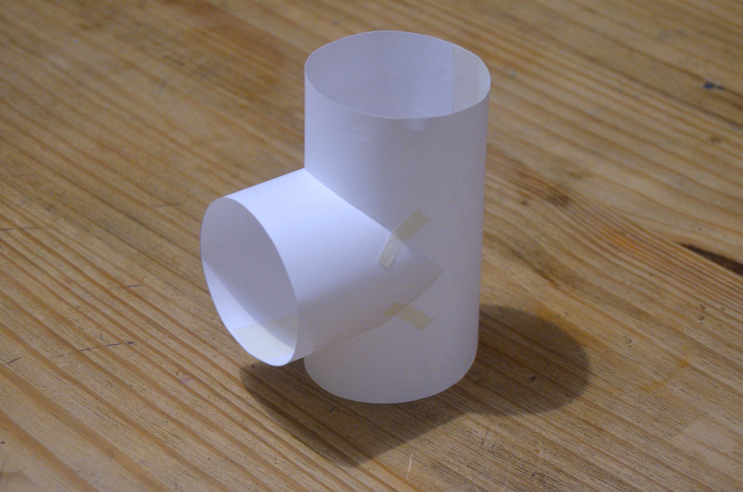
The birdsmouth (or is it fishmouth?) joint was worked out in CAD to double check, but there are also online template generators which are great, and can even be set to allow for the wall thickness of the tubing.
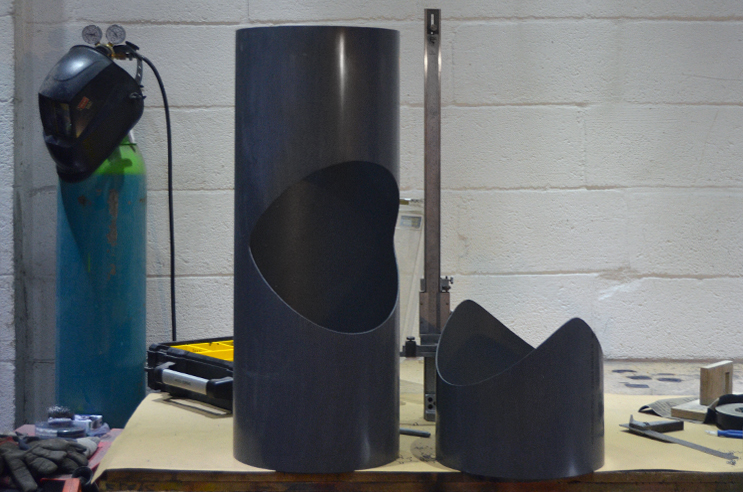
Welded
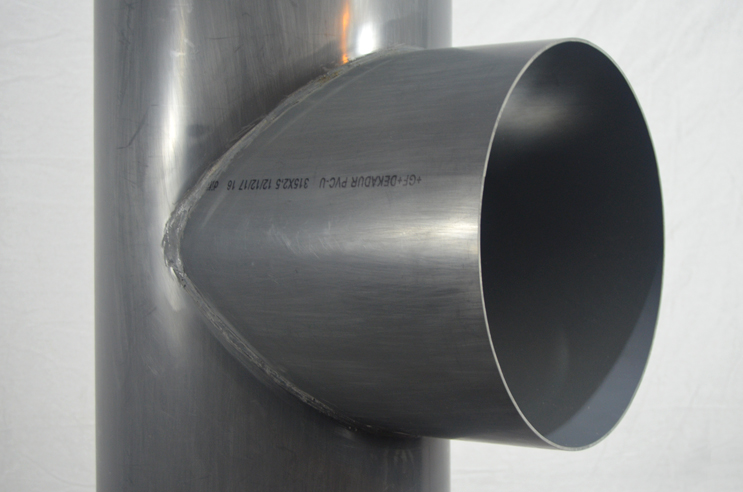
I'd previously used the plastic welder on polypropylene, which joins really nicely, but PVC was definitely a little more tricky at first. It seemed to behave more like clay than plastic, but a bit of fiddling with the temperature control improved things.
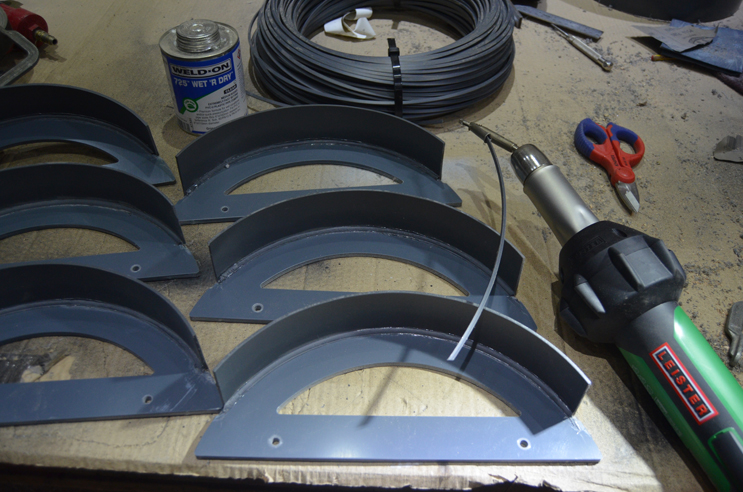
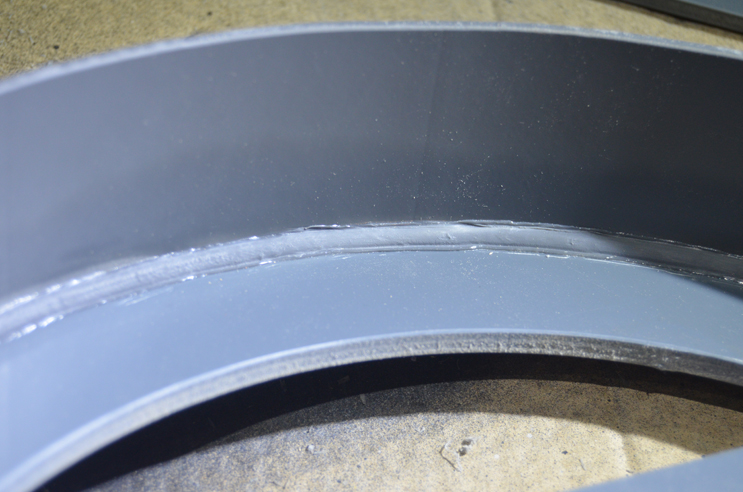
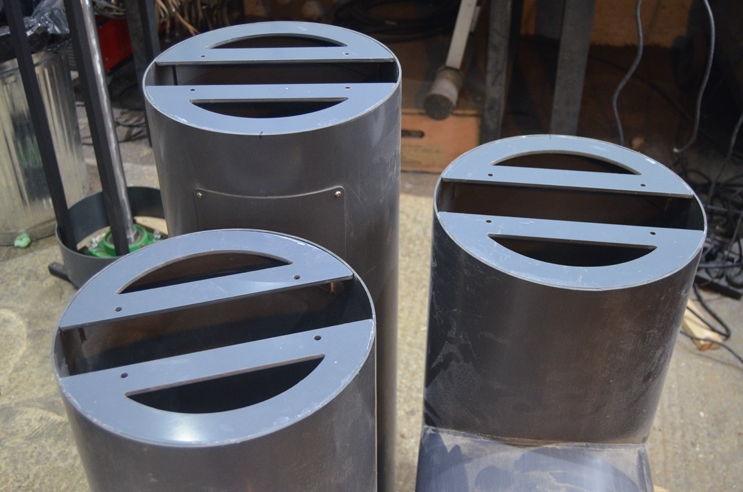
The ducting wasn't really designed for its appearance, and a gloss paint finish was required, and so all of the moulding marks had to be laboriously removed.
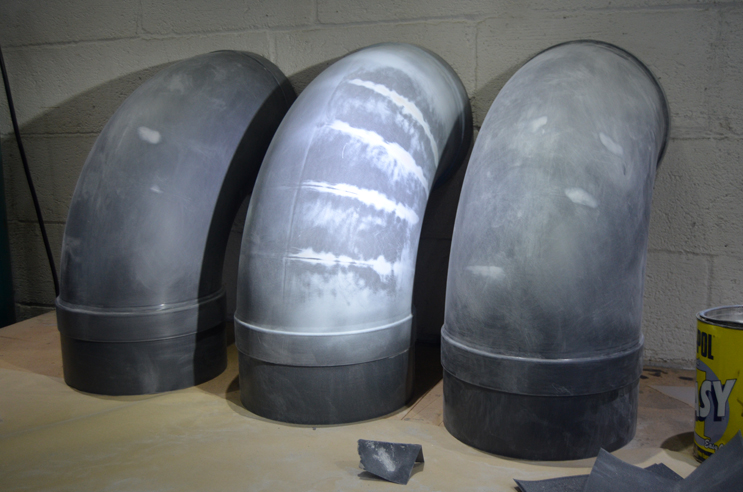
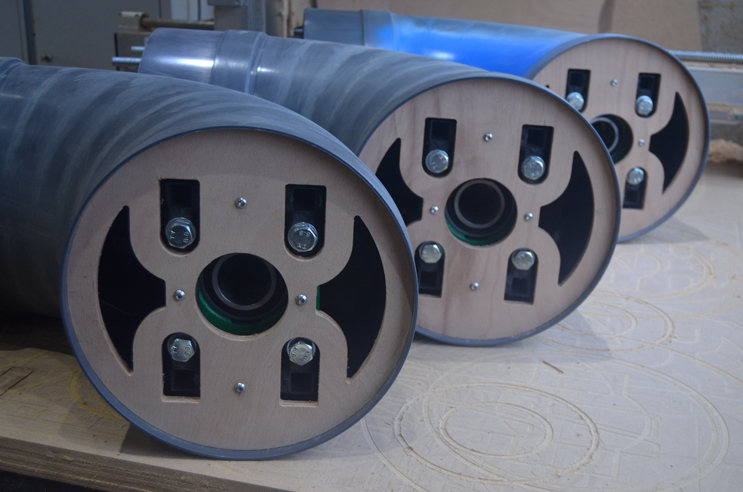
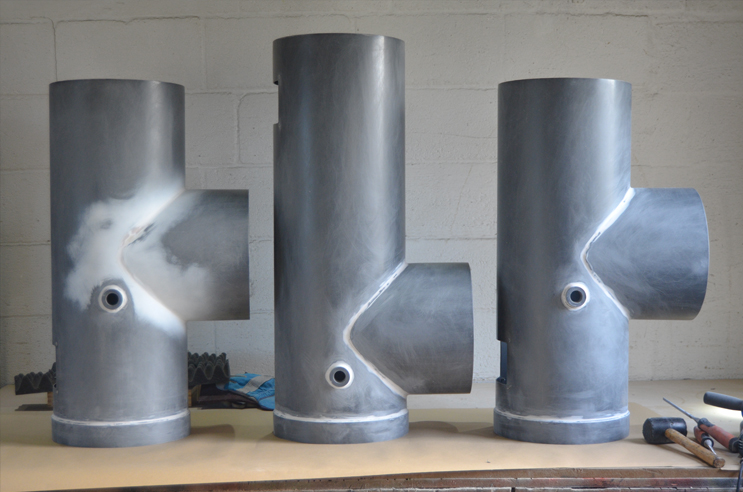
Costumes ready for the Oskar Schlemmer ballet...
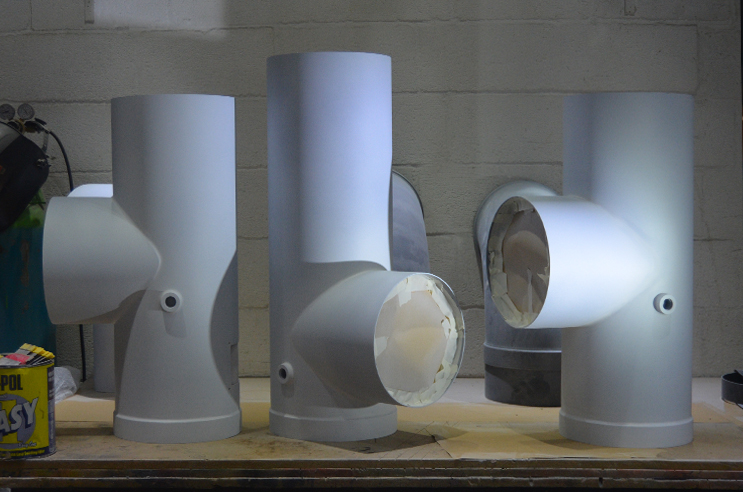
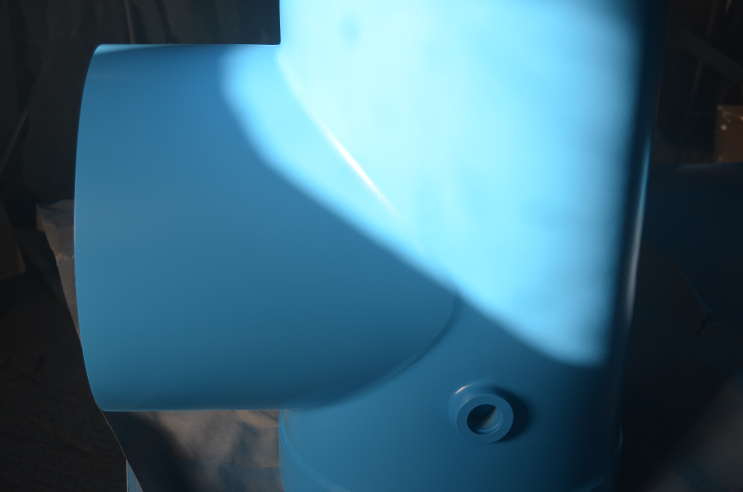
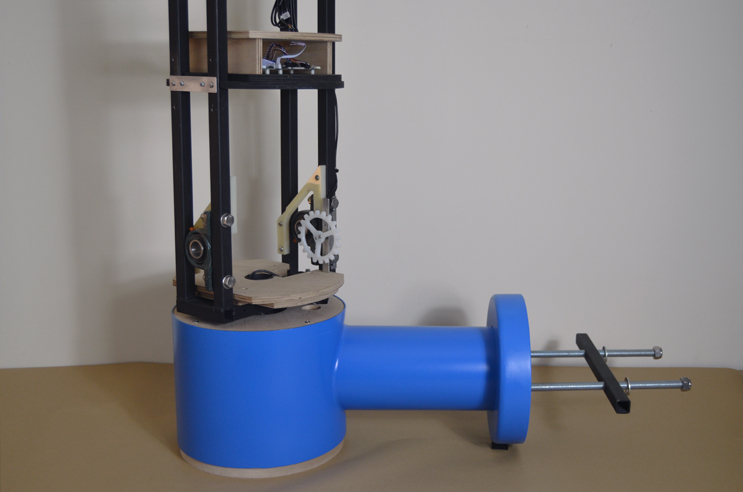
The Oreoscopes were difficult to transport as they were top heavy and could rotate unexpectedly, so timber frames were built to tame them.
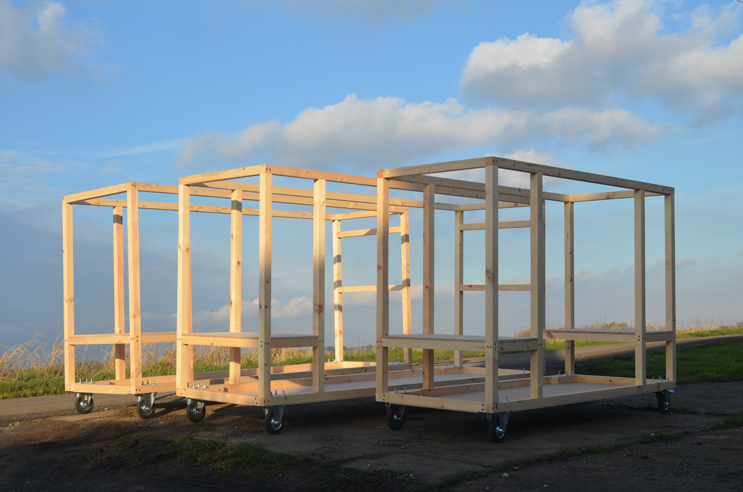
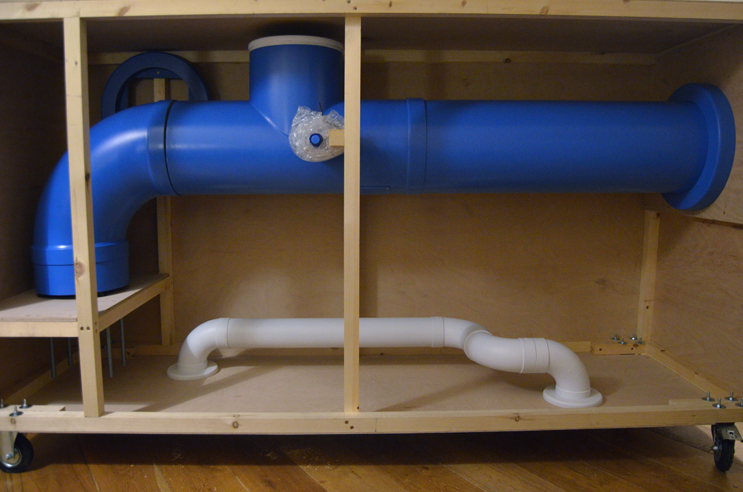

This was the original visual reference, created by Jen at Lexus
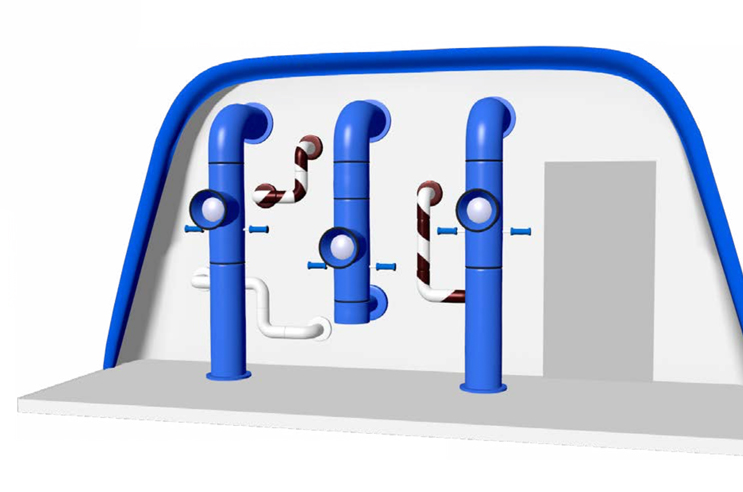
I didn't take part in the Barcelona install, but Suyin and Charles were there and sent this photo

Conclusion
This project used mostly 315mm diameter ducting, but there are loads of sizes available (110, 125, 160, 200, 225, 250, 280, 315, 355, 400...), plus all the associated fittings. I think they could be used for some really creative and sculptural plumbing, particularly with the tube notching template generator, which can generate templates for different sized pipes meeting at varying angles and varying centrelines etc.
Painting the tubing isn't too difficult, as long as some time is spent preparing the surfaces. The welds can be finished to perfection with filler. I tried a PVC chemical weld adhesive, which is okay if conditions are ideal, i.e. two large flat surfaces without any stresses, but not that great otherwise. Parts stuck on with Araldite fell off again. Joining with the welder certainly seems to be the best method.
The PVC is fairly tough, but does crack if pushed past a certain point. It breaks in a way reminiscent of smashing an easter egg, where you get triangles that snap off.
Right, that's enough ducting for now, on to the next project...